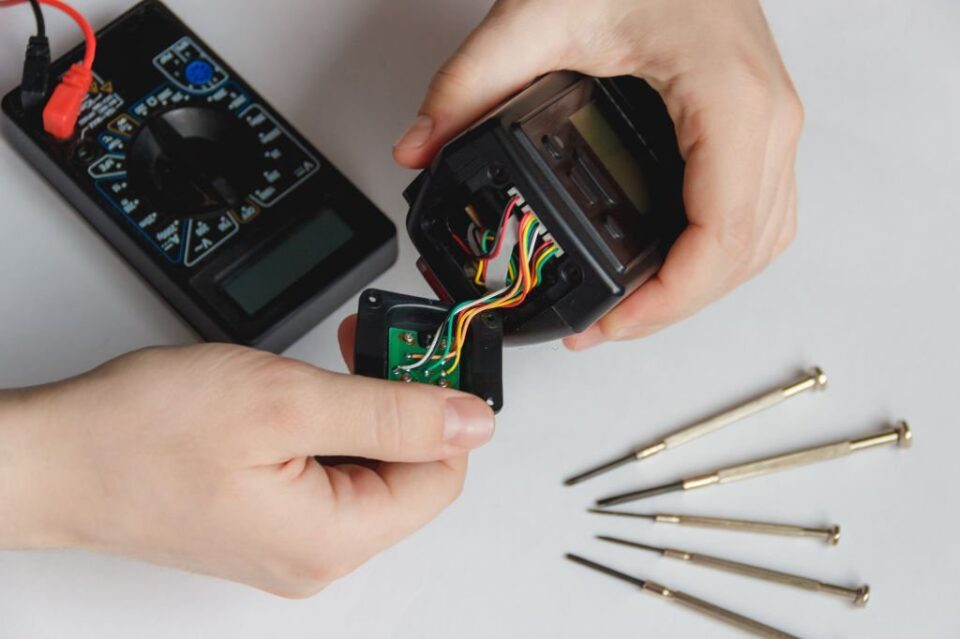Are you looking for a reliable, accurate and cost-effective way to measure position, speed and force? If so, draw wire sensor technology can be the perfect solution. It’s an emerging technology that has taken the industrial manufacturing industry by storm due to its accuracy and efficiency. Draw wire systems allow a wide range of measurements in different types of industries including automotive, aerospace, medical and more. In this blog post, we will explore what draw wire sensor technology is and how it works, as well as the advantages it offers for measuring position, speed and force accurately.
Table of Contents
What is Draw Wire Sensor Technology?
There are many different types of sensor technologies available on the market today. Draw wire sensor technology is one option that is gaining popularity in a variety of industries. This type of sensor uses a linear variable differential transformer (LVDT) to measure position, speed, and force.
Draw wire sensors are often used in applications where space is limited or where there is a need for a non-contacting sensor. This type of sensor can be used to measure the displacement of an object, as well as its velocity and acceleration. Draw wire sensors are also frequently used to measure tension in cables or wires.
One advantage of draw wire sensor technology is that it is relatively easy to install and use. Additionally, this type of sensor is typically very accurate and reliable. Draw wire sensors are also often less expensive than other types of sensors, making them an attractive option for many businesses.
How Draw Wire Sensor Technology Works
Draw wire sensors, also called draw wire encoders or string potentiometers, are sensors that measure linear displacement or position. They consist of a spool of fine wire that is attached to an object whose linear displacement is to be measured. The other end of the wire is attached to a sensor, which converts the linear displacement into an electrical signal.
Draw wire sensors can be used to measure linear displacement over long distances with high accuracy. They are often used in industrial applications such as machine tools and material handling equipment. Draw wire sensors can also be used to measure speed and force.
Draw wire sensors work by measuring the tension in the wire. As the object being measured moves, the tension in the wire changes. This change in tension is converted into an electrical signal by the sensor. The electrical signal can then be processed by a controller to calculate position, speed or force.
Benefits of Draw Wire Sensor Technology
There are many benefits of using draw wire sensor technology to accurately measure position, speed and force. This type of sensor is very rugged and can withstand harsh environments. They are also very precise and can be used to measure very small movements. Draw wire sensors can be used in a variety of applications including medical, automotive, aerospace and industrial.
Applications of Draw Wire Sensor Technology
Draw wire sensors are used in a variety of applications where accurate measurement of position, speed or force is required. Common examples include automotive testing, material handling, machine tool calibration and tension monitoring.
In automotive testing, draw wire sensors are used to measure the displacement of components such as suspension travel, steering angle and pedal position. This information is used to assess the performance of the vehicle and identify any potential problems.
In material handling applications, draw wire sensors are used to measure the weight or load of an object. This information can be used to control the movement of the object, ensuring that it is handled safely and without damage.
Machine tool calibration is another common application for draw wire sensors. By measuring the position of the tool tip, these sensors can ensure that the machine is correctly aligned and produce accurate results.
Finally, tension monitoring is another key application for draw wire sensors. By measuring the tension in a cable or wire, these sensors can prevent breakages and damage caused by excessive stress.
Tips for Choosing the Right Draw Wire Sensor
There are a few key things to keep in mind when selecting a draw wire sensor for your application. First, consider the environment in which the sensor will be used. Will it be exposed to harsh conditions like extreme temperatures or high levels of vibration? If so, you’ll need to choose a sensor that is specifically designed for those conditions.
Next, think about the accuracy requirements for your application. What level of precision do you need? How often will the sensor need to be calibrated?
Finally, consider the price point. There are a wide range of draw wire sensors on the market, so it’s important to find one that fits within your budget.
By keeping these factors in mind, you can be sure to select the right draw wire sensor for your needs.

